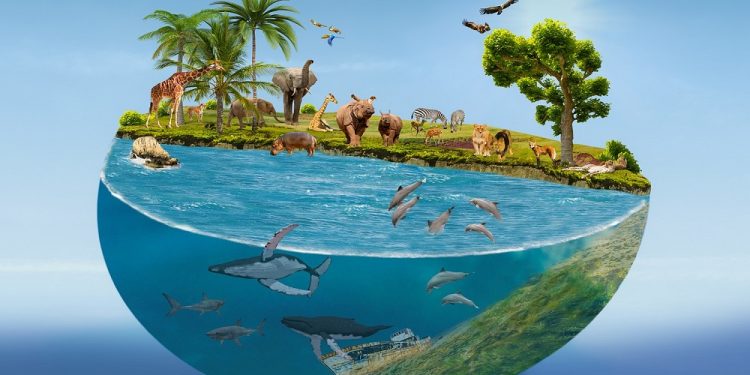
International Day For Biological Diversity
Observed every May 22nd, International Day for Biological Diversity is a holiday created by the United Nations to increase the public’s understanding of biodiversity issues. It’s also a day when government agencies are encouraged to share information about biodiversity. Routinely, groups on this day work together on issues of desertification, drought, water sourcing and sanitation, sustainable agriculture, and climate change. The topic of disaster risk is also usually addressed on this holiday.
The History of International Day for Biological Diversity
This holiday, also known as World Biodiversity Day, was created in 1993 by the Second Committee of the United Nations General Assembly. It was originally held on December 29th to observe the day the Convention on Biological Diversity came into effect. The date was changed in 2000 when its observance was moved to commemorate the adoption of the Convention that was passed at the Rio Earth Summit on May 22, 1992.
Facts About Biodiversity
Because we’re on the topic of biodiversity, we have to talk about some of the things we learned about it while celebrating International Day for Biological Diversity. We think that the following facts should prove interesting to anyone who is trying to work towards solving biodiversity problems locally or on a global scale. Now that we’ve said that, let’s take a quick look at these facts before talking about how this holiday is observed.
- Currently, there are over 1 million different flora and fauna species.
- Since the 16th century, over 700 different vertebrate species have gone extinct.
- Almost half of all amphibians are threatened with extinction.
- Over a third of reef-building corals are facing the threat of extinction at this moment.
- Between 1970 and 2019, there has been an almost 70% decline in the population sizes of fish, birds, mammals, and amphibians.
- Human activities have altered 75% of the world’s land-based environments.
- Scientists estimate that there are at least 8 million different flora and fauna species on Earth.
- Approximately 2.7 vertebrates per 10,000 species are currently going extinct every year.
- Between 1980 and 1999, the world lost 100 million hectares of tropical forest.
- A recent study has shown that climate change could result in the extinction of almost a million terrestrial species over the next five decades in Africa.
- In 2011, a study showed that about 19 species had already gone extinct due to man-made climate change.
- Approximately 98% of all land animals in Madagascar can’t be found anywhere else in the world.
- By the year 2050, it’s estimated that there will be over 9 billion people living on the planet.
- Some of the threats to biodiversity include overfishing, overhunting, climate change, and plastic pollution.
- The current extinction rate in the world mirrors the declining biodiversity of 65 million years ago—the time when the dinosaurs went extinct.
- When biodiversity is low, ecosystems are slow to recover from natural disasters.
Observing International Day for Biological Diversity
This holiday is observed in a variety of different ways. People watch movies on environmental issues, have exhibits about endangered habitats and species, and plant trees to help with erosion. People also translate educational resources into other languages so local populations have the information they need to address their own biodiversity problems.








